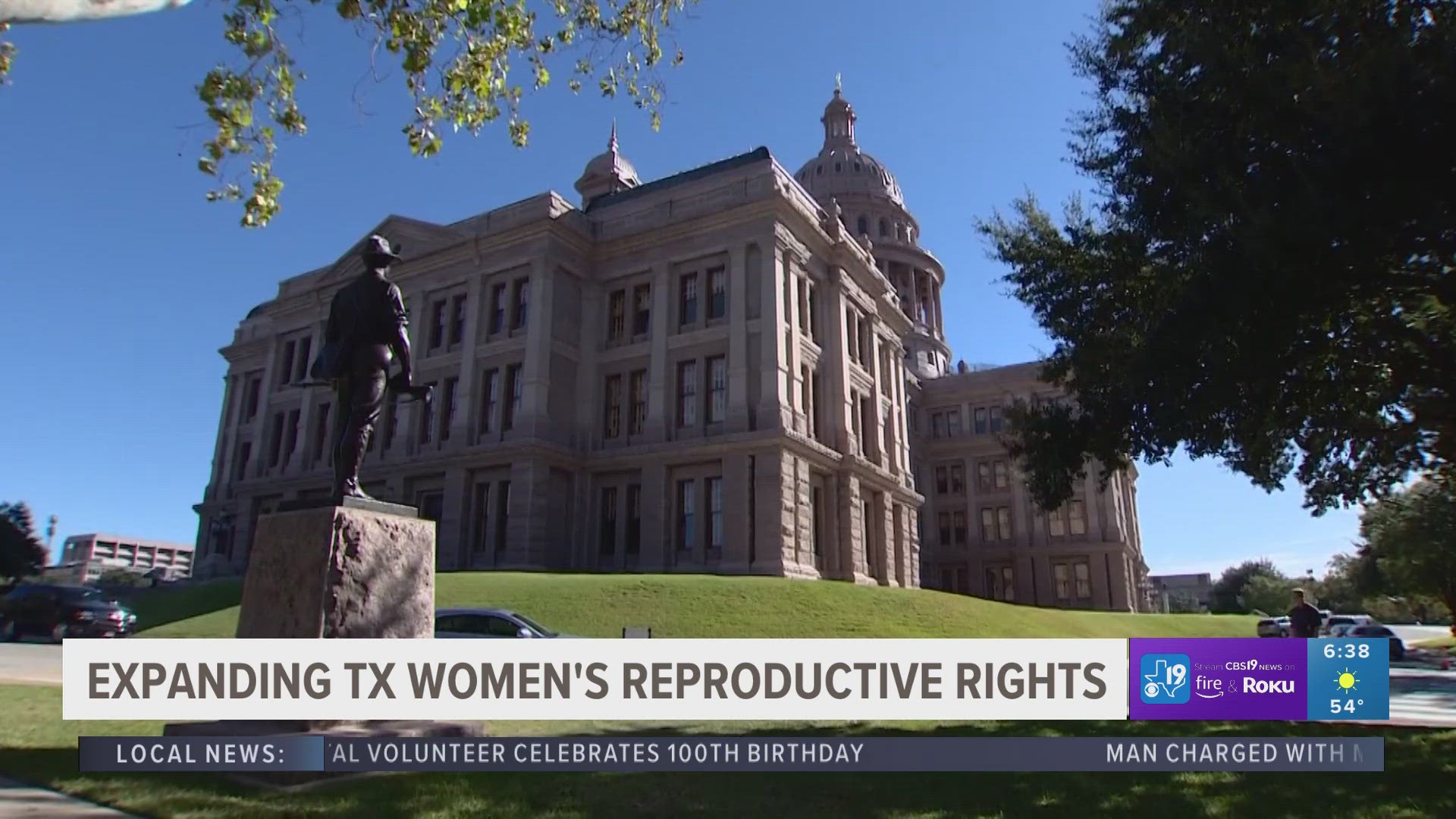AUSTIN, Texas — The University of Texas System Board of Regents today unanimously approved a proposal to establish a medical school at the UT Health Science Center at Tyler. The school will be the first of its kind in Northeast Texas, providing a pathway for students to receive a comprehensive medical education there, and extending access to patient care, especially for individuals living in rural areas of the region.
RELATED: Officials to seek approval from UT System Board of Regents to build medical school in Tyler
The UT System and UT Health Science Center at Tyler are now authorized to work with the Texas Higher Education Coordinating Board, the Texas Legislature and other licensing and accrediting agencies to bring the school to fruition. An $80 million gift already has been secured to partially address planning and operational costs associated with the establishment of the medical school, which UT leaders hope will open in the fall of 2023.
“A medical school in Tyler is perfectly aligned with the Board of Regents’ commitment that Texans have access to quality education and health care, regardless where they reside,” Board Chairman Kevin P. Eltife said. “This important decision by the Board is a reflection, to a great extent, of the efforts of many community, business and health care leaders and elected officials who have been deeply invested in Northeast Texas and worked tirelessly for years to bring a UT medical school to Tyler.”
Vice Chairman Janiece Longoria, who also chairs the Board’s Health Affairs Committee, said that the medical school would play a critical role in allowing aspiring physicians from Northeast Texas to not only train there, but to live and practice, too.
“UT students in Tyler and surrounding areas will now be able to earn their undergraduate and medical degrees in one locale, and then remain in the region to live, build their careers and deliver high quality health care,” Longoria said. “That’s good news for the entire state.”
“It’s a watershed time for Northeast Texas,” UT System Chancellor James B. Milliken said. “UT institutions in Tyler, which have played a critical role in the region’s education, health and economic infrastructure for decades, are now on the cusp of yet another great leap forward.”
The Board’s approval of the medical school – which would be the seventh in the UT System – marked yet another significant milestone among a cascade of recent major events in Northeast Texas to boost the impact of higher education and health care there.
In 2018, UT Health Science Center at Tyler joined with Ardent Health Services and the East Texas Medical Center Regional Healthcare System to create a regional network of hospitals, clinics, rehabilitation centers, freestanding emergency centers and urgent care facilities, now called the UT Health East Texas Health System. As the result of that partnership, UT Health Science Center at Tyler is adding 200 new residency slots to expand the pipeline of physicians who complete their training in East Texas hospitals with hopes that they’ll remain there to practice medicine.
In November 2019, the Board of Regents allocated $95 million in Permanent University Fund proceeds for UT Tyler and UT Health Science Center Tyler to construct two facilities to accelerate high-quality health education and health care in Northeast Texas. The allocation is the single largest PUF appropriation awarded to Tyler at one time.
Then in December, Regents authorized the integration of talent and assets at UT Tyler and UT Health Science Center at Tyler to create a unified institution to enhance education, research and clinical delivery for the region. An operational team composed of leadership from both Tyler institutions, the UT System and a community advisory board, is working to move that plan forward.
Earlier this month, leaders from the UT System, UT Health Science Center at Tyler and UT Tyler joined together to announce the intention to launch a medical school. And less than a week later, UT Health Science Center at Tyler announced a commitment of $80 million from the East Texas Medical Center Foundation to help establish the medical school.
“The sustained investment in our region, particularly over the last several years, has been extraordinary,” said Kirk A. Calhoun, president of the UT Health Science Center at Tyler. “We are profoundly grateful to the Board of Regents and UT System for recognizing both the need and the potential in Northeast Texas and for making it possible for a long-time vision to become a reality.”
ABOUT THE UNIVERSITY OF TEXAS SYSTEM
For more than 130 years, The University of Texas System has been committed to improving the lives of Texans and people all over the world through education, research and health care. With 14 institutions, an enrollment of nearly 240,000 students and an operating budget of $21.1 billion (FY 2020), the UT System is one of the largest public university systems in the United States. UT institutions produce more than 60,000 graduates annually and award more than one-third of the state’s undergraduate degrees and more than half of its health professional degrees. Collectively, UT-owned and affiliated hospitals and clinics accounted for more than 8.2 million outpatient visits and 1.6 million hospital days last year. Across UT institutions, research and development expenditures total $2.9 billion – the highest in Texas and second highest in the nation among public higher education systems – and the UT System is regularly ranked among the top 10 most innovative universities in the world. The UT System also is one of the largest employers in Texas, with more than 21,000 faculty – including Nobel laureates and members of the National Academies – and more than 83,000 health care professionals, researchers and support staff.



